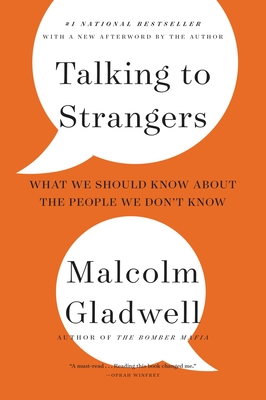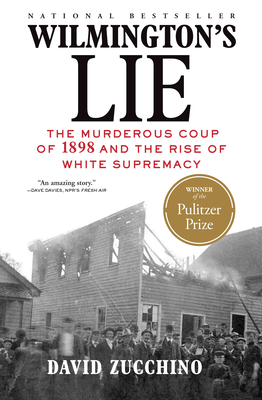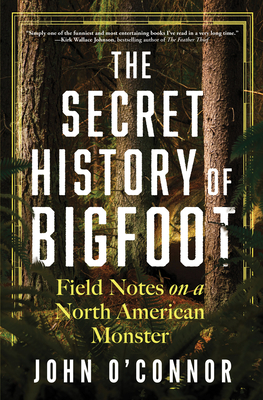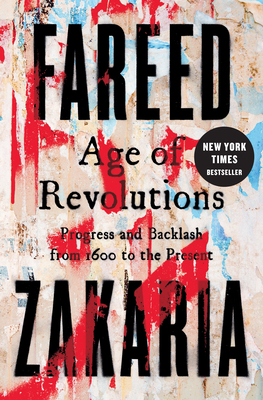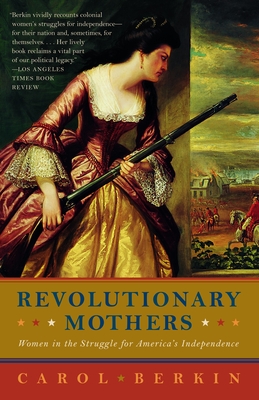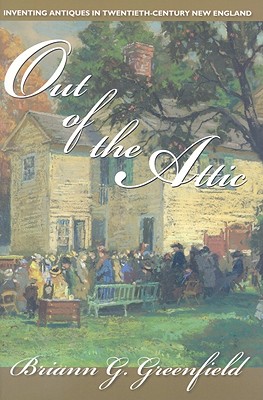
Out of the Attic: Inventing Antiques in Twentieth-Century New England (Public History in Historical Perspective)
Description
In this era of Antiques Roadshow and eBay, it is hard to imagine a time when Americans did not treasure the home furnishings of elite early American families. But as this book demonstrates, antiquing—particularly the practice of valuing old things for their aesthetic qualities—is a relatively recent invention whose origins can be found in the early years of the twentieth century. Although nineteenth-century Americans did appreciate heirlooms, they saw them as memory markers, tangible representations of honored ancestors or local history.
In Out of the Attic, Briann G. Greenfield traces the transformation of antiques from family keepsakes to valuable artistic objects, examining the role of collectors, dealers, and museum makers in the construction of a new tradition based on the aesthetic qualities of early American furnishings. While recognizing the significance of antiques as symbols of an enduring American culture, Greenfield also delves behind popular rhetoric to examine the development of a retail structure specifically designed to facilitate the buying and selling of old wares. With antique shops proliferating all over New England, pickers going door-to-door in search of "finds," and forgers taking illicit advantage of growing demand, antique owners and collectors found themselves trying to navigate a retail market characterized by escalating prices and high stakes purchases. In this sense, antiques functioned as more than remnants of a treasured past; they became modern consumer goods.
The book is divided into a series of case studies, each intended to illuminate some aspect of "the dynamic of consumer history." One chapter examines the role of Jewish dealers in promoting American antiques; another profiles Jessie Baker Gardner, a small-time collector and would-be museum maker from Providence, Rhode Island. Greenfield also looks at the institutionalization of antiques, with chapters focusing on Henry Flynt of Deerfield, Massachusetts, who embraced the "aestheticization of antiques" in the 1940s and 1950s, and on Smithsonian curator C. Malcolm Watkins, who challenged the decorative art market during the 1950s and 1960s by purchasing old tools and crude furniture for the nation's museum.
Praise for Out of the Attic: Inventing Antiques in Twentieth-Century New England (Public History in Historical Perspective)
"Briann Greenfield is an engaging writer with a talent for presenting complex ideas in a down-to-earth fashion. This book will be invaluable to students of history, historic preservation, regional culture, New England studies, museums, antiques, and the decorative arts."—Thomas A. Denenberg, author of Wallace Nutting and the Invention of Old America
"Her book is rich in anecdote. . . . There is fun and insight on almost every page."—Art & Antiques
"As this well-researched and compellingly written work illustrates, the past is gone, and what remains is a creation of the present, a past that will give way to another."—Historical Journal of Massachusetts
"In this generation, New england has sometimes receded into the background as simply the region against which others are defined. Greenfield's work actually explains why this might be so, by showing how the relatively early collection, display, and importantly, mobility of historical artifacts from New England's attics turned this regions history into a national history."—Journal of American History
"An important contribution to American historical studies by showing how the appreciation of objects of the American past (namely its antiques) reinforced American self-consciousness. . . . provides an astonishing wealth of factual details...written in a lively style. . . . Unearths so many interesting anedotes...approaches Americans' historical self-consciousness from unmined sources and a novel perspective."—American Historical Review
"The story winds to the present with the museum's role in legitimizing antiques as art, particularly at the Smithsonian, and a provocative epilogue in which the author muses whether the period of the antiques collector is over. . . . Recommended."—Choice

